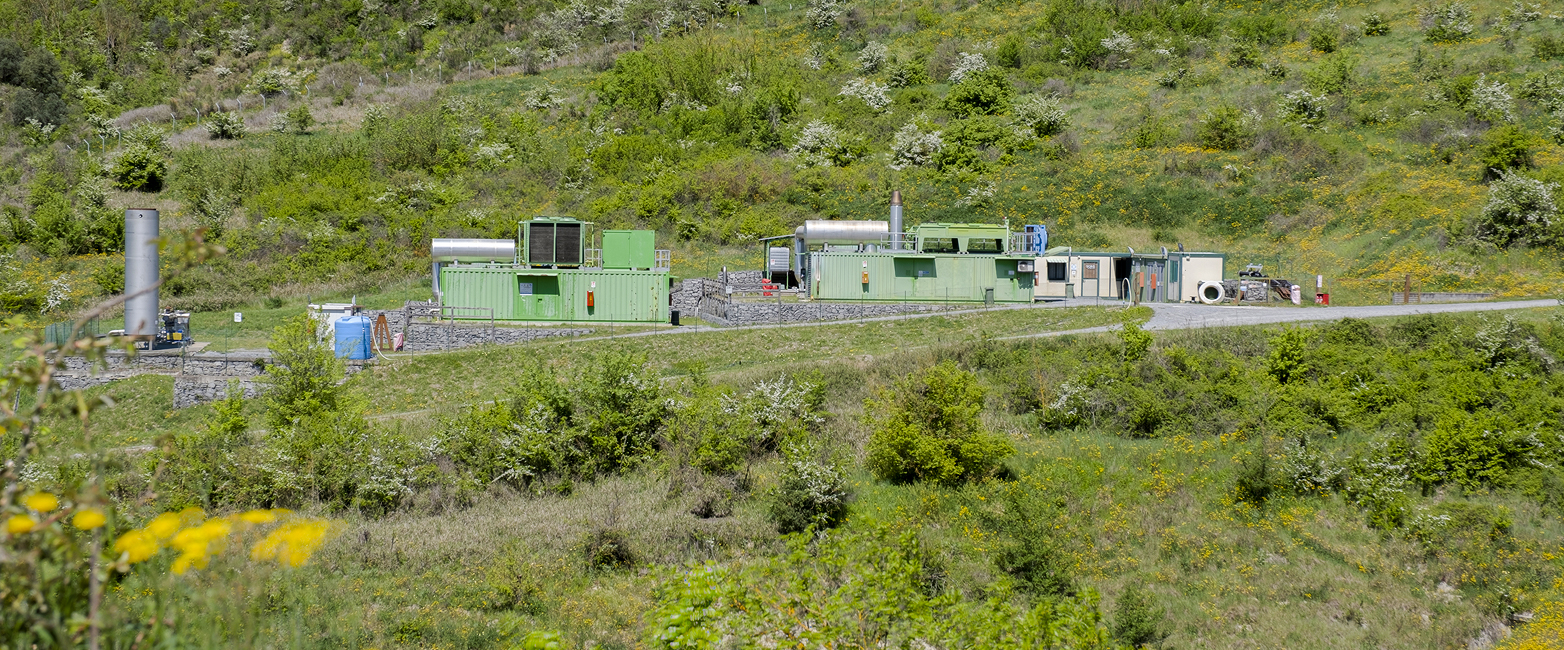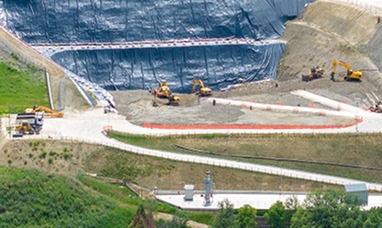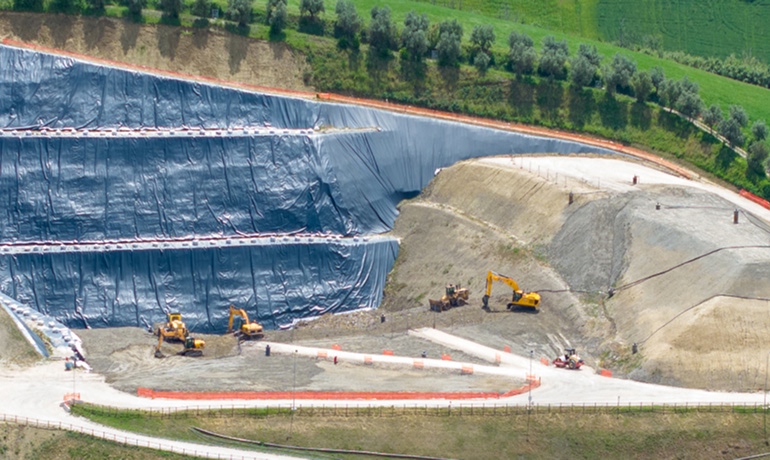


Landfills are solid waste disposal plants and materials that cannot be further recycled or recovered. These residues mainly derive from waste resulting from other treatment processes, such as screenings, waste and sludge.
Based on the type of waste to be managed, landfills are divided into 3 categories:
Landfill for inert waste dedicated to all construction or demolition waste, such as rock, concrete or bricks.
Landfill for non-hazardous waste destined for the disposal of non-hazardous urban and industrial waste and those derived from commercial activities, such as paper, plastic or wood, that cannot be recycled.
Landfill for hazardous waste designed for the management of waste harmful to human health or the environment, such as chemical products and contaminated materials.
Landfill waste management is structured in two phases, operational and post-operational. In the first phase, the landfill is operated following authorization requirements and legal regulations. Once maximum capacity is reached, it is covered through capping, a final cover made of different materials and soil layers. The post-operational management phase then begins, lasting at least 30 years. Upon landfill closure, covering, environmental restoration and landscape reintegration operations are carried out to reduce visual impact on the surrounding environment.
Landfills, like all waste disposal plants, require constant monitoring and maintenance, both during the operational and post-operational phase. Optimal biogas and leachate management is a fundamental requirement. For this reason, the plant infrastructure must ensure:
1. Biogas collection and reuse: this gas, naturally produced by waste decomposition, is transformed into energy.
2. Leachate drainage and treatment: a liquid that forms from waste decomposition and requires specific treatment.
Biogas is extracted through specific collection systems, reducing greenhouse gas emissions and providing a renewable energy source. Leachate, on the other hand, is collected by tanker trucks and subjected to specialized treatment.

Every day, we are committed to transforming waste into resources, minimizing environmental impact. Thanks to our plants located in different regions of Italy, we work for a greener future.
Deco, operational in Abruzzo, carries out design, construction and management of treatment, disposal and recovery plants for municipal solid waste and renewable energy recovery plants.
In Abruzzo, the company Deco is operational, providing management of various plants, both its own and those of Acea Ambiente (such as the Grasciano facility), and in particular:
In 2024, Deco disposal plants produced 4.4 MNm³ of biogas and 2.8 GWh of electrical energy. Deco also has active, in Casoni (Chieti), a Mechanical-Biological Treatment (MBT) plant for Municipal Solid Waste (MSW), with material recovery and SRF. In 2024 it treated 245,132 tonnes of waste. Approximately 98,738 tonnes of SRF were produced, of which 57% was used in foreign cement plants as a substitute for traditional fossil fuels while 43% in waste-to-energy plants in Italy, to produce electrical energy. Additionally, 4,054 tonnes of metals (ferrous and non-ferrous) were recovered.
The main operations carried out at the Orvieto plant center concern unsorted urban waste management, the anaerobic digestion and composting process for sorted urban waste, and lanfill disposal of special non-hazardous waste. The primary objectives, in compliance with current regulations, aim to increase material and energy recovery, while reducing the volumes of waste sent to landfills.
At the Orvieto facility, two energy production plants powered by biogas from the anaerobic phase of the treatment process and from landfills are active. During 2024, the total amount of waste received at the plant center reached 112,552 tonnes. 45%, equal to approximately 51,000 tonnes, was destined for landfill disposal, while the remaining quantity was almost entirely directed to the anaerobic digestion and composting section of the treatment plant, for biogas and compost production.
The company manages a landfill for non-hazardous waste in Lanciano (CH) with the related biogas utilization plant.
At the site are located:
In 2023 it received urban waste for a quantity equal to 61,057 tonnes; the site produced approximately 7.1 MNm³ of biogas in 2024 and 9.2 GWh of electrical energy.
Landfill capping is the final cover applied at the end of the operational phase to isolate waste and reduce environmental impact. This multilayer system, designed to isolate waste from contact with the external environment, includes waterproof materials, drainage layers for rainwater collection, geotextile for stabilization and biogas collection systems. The main function of capping is to minimize rainwater infiltration, reducing leachate production and preventing the escape of landfill gas such as methane, which contribute to the greenhouse effect.
Leachate is a liquid that forms in landfills due to rainwater infiltration through waste. The meaning of leachate derives from the verb "percolate," which indicates the slow passage of a liquid through a porous material, as occurs inside a landfill. This process leads to the dissolution of organic and inorganic substances present in waste, creating a highly contaminated liquid. For this reason it is collected and subjected to specialized treatments to ensure environmental safety.
The biogas collection system in lanfills is essential to reduce the environmental impact of waste management. Collection allows biogas to be intercepted and managed, preventing emissions released into the atmosphere and simultaneously enabling its use as a renewable energy source. In this way, emissions are reduced, air quality is improved and a more sustainable economic model is promoted.